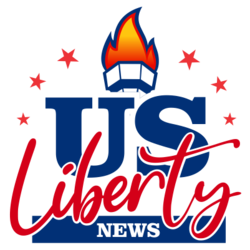Washington, D.C. — The chair of a recently formed investigative task force has made a striking assertion, suggesting that President John F. Kennedy was not killed by a lone gunman, but by two shooters. This claim, if substantiated, could significantly reshape historical understanding of one of the most significant events in American history.
The task force, aimed at reassessing some of the most carefully guarded secrets of the United States, was established to bring transparency and potentially resolve longstanding mysteries. The revelation about JFK’s assassination emerged from an extensive review of previously classified documents and other pieces of evidence which had been inaccessible for decades.
According to the head of the task force, these findings point to the possibility of a second gunman, contradicting the widely accepted conclusion from the 1964 Warren Commission report that Lee Harvey Oswald acted alone in the assassination of JFK in Dallas on November 22, 1963. The assertion challenges decades of historical narratives and could lead to a profound reassessment of the events surrounding the assassination.
Experts suggest that the involvement of a second shooter would not only complicate the understanding of the assassination but also indicate potential failures or oversights in the original investigation. This could lead to calls for a new, more comprehensive investigation into the assassination, examining aspects that may have been overlooked in the past.
Critics of the new claim urge caution, pointing out that reviving such a contentious part of American history could lead to unforeseen consequences, including spreading conspiracy theories. However, proponents argue that a full disclosure is necessary to heal national wounds and restore trust in governmental transparency.
The task force plans to continue its review, with a focus on analyzing all available data, which includes ballistic evidence and eyewitness accounts that were either undervalued or ignored in the initial investigations.
Further implications of these new findings could extend beyond mere historical curiosity. If the presence of a second gunman is confirmed, it could prompt a reevaluation of legal and procedural outcomes related to the assassination. This includes the police and federal responses at the time, potentially implicating other individuals or groups who might have been involved.
In the coming months, the task force intends to release a comprehensive report detailing their findings and the evidence supporting the claim of a second shooter. This report is expected to include digital enhancements of existing footage from the assassination, along with reinterpretations of ballistic trajectories and forensic analysis.
The task force’s work is being closely monitored by both historians and the general public, eager to learn whether these new insights will alter the collective memory of one of the most dramatic and traumatic moments in 20th-century American history.
As the nation waits for further details, the debate over JFK’s assassination continues to capture the imagination and the skepticism of many, keeping alive the discussions about truth, transparency, and the lengths to which the government should go to protect or reveal its secrets.
